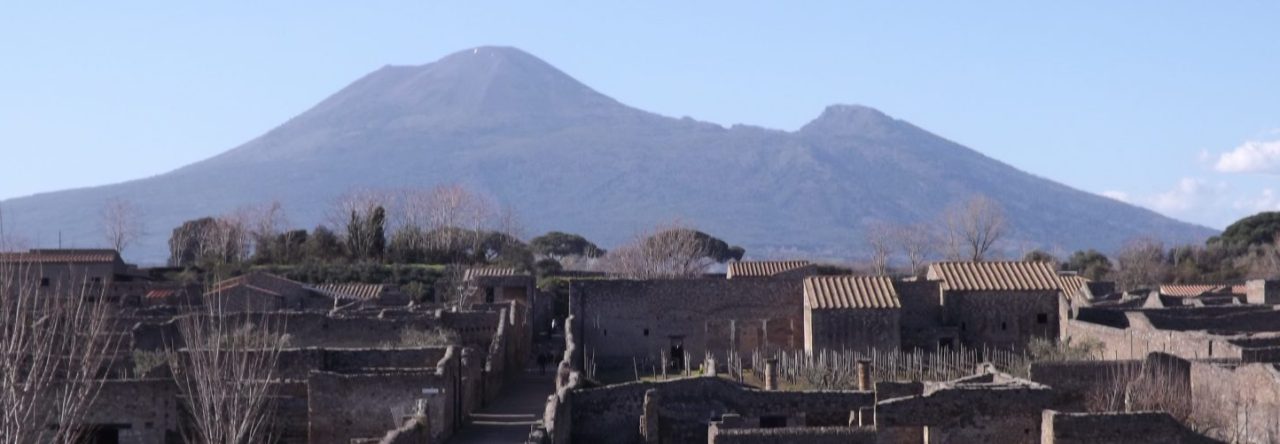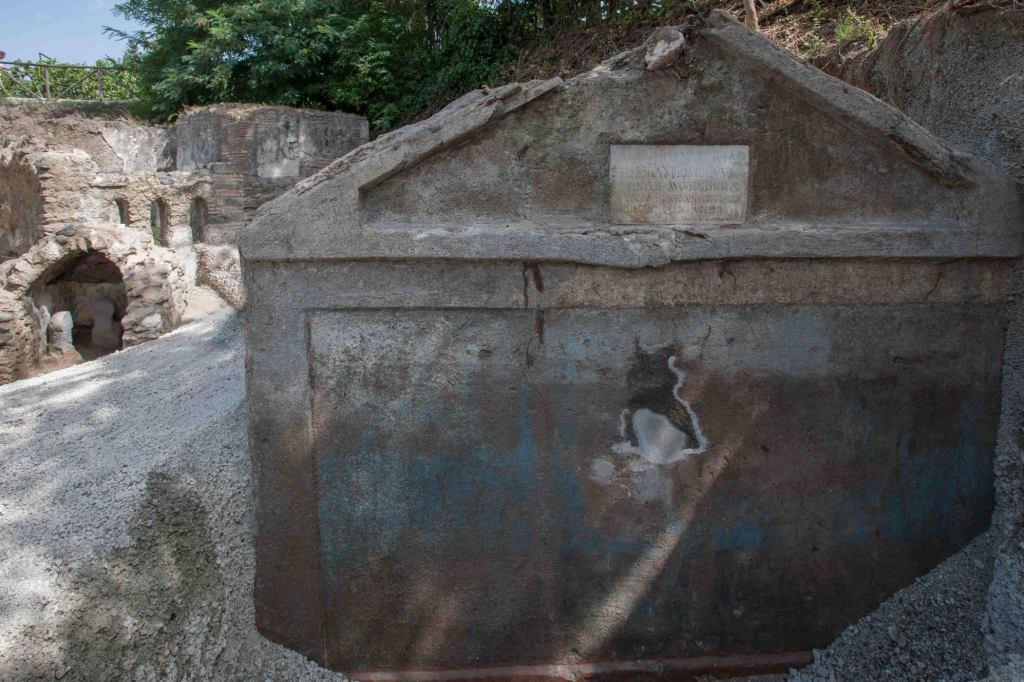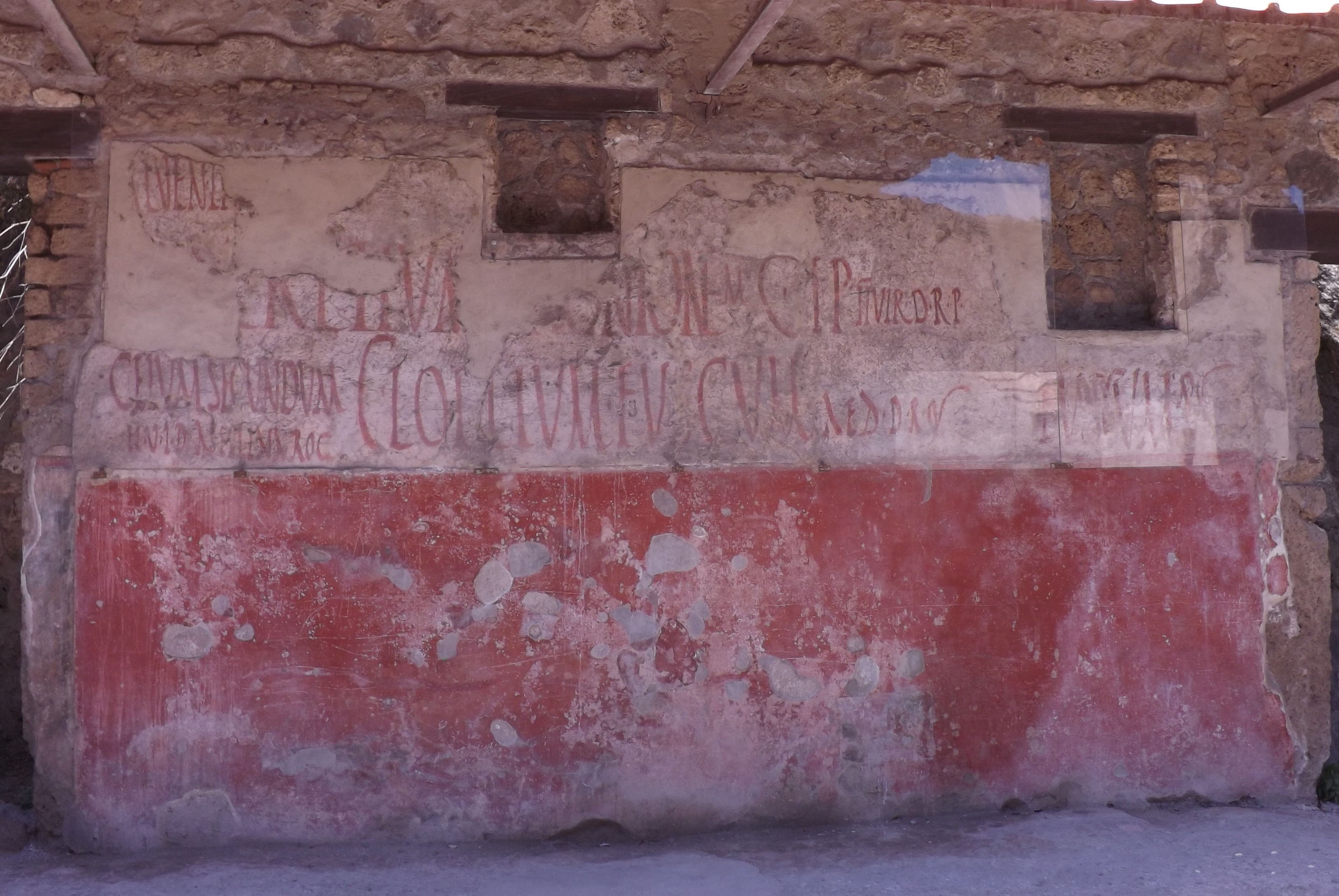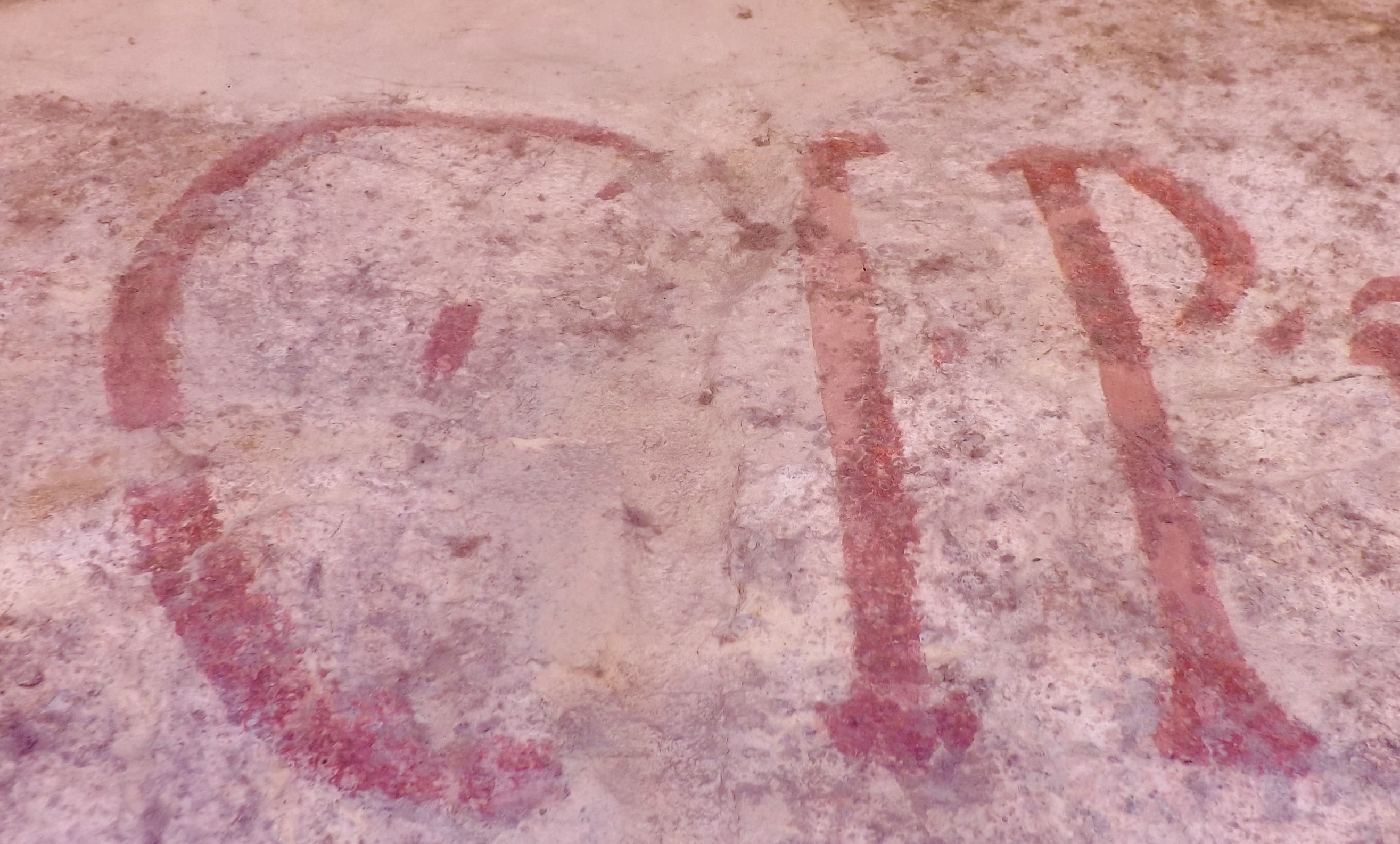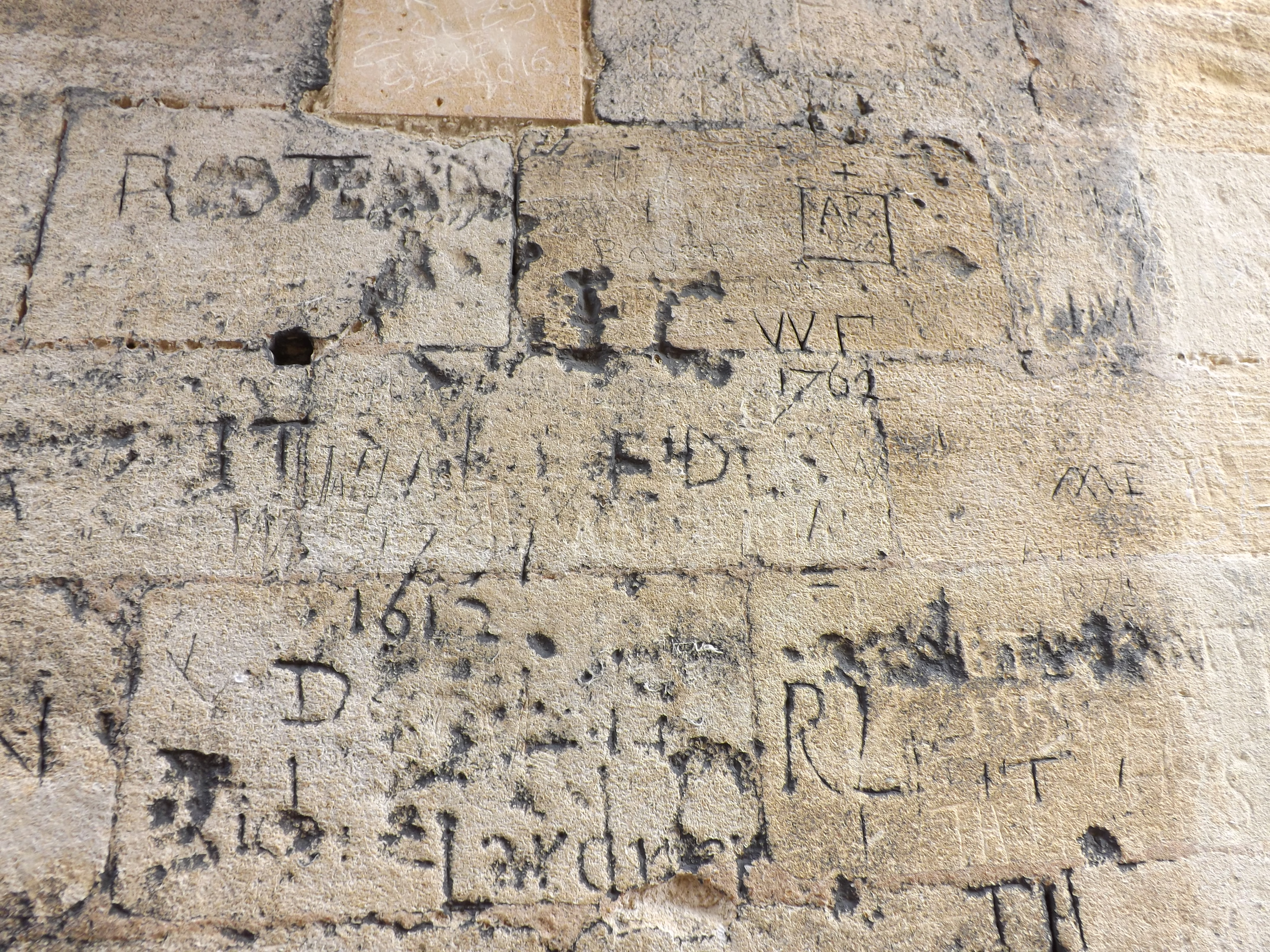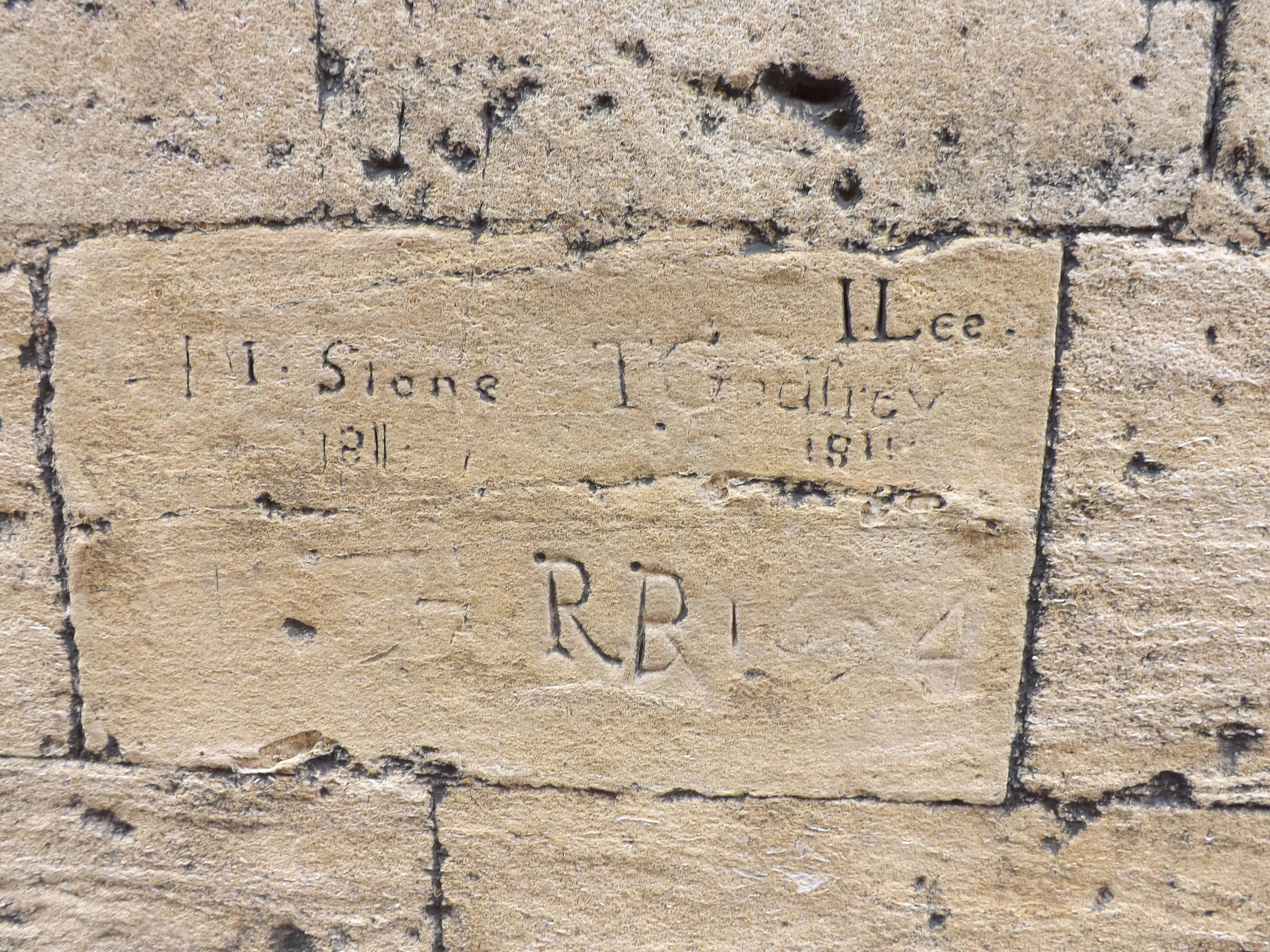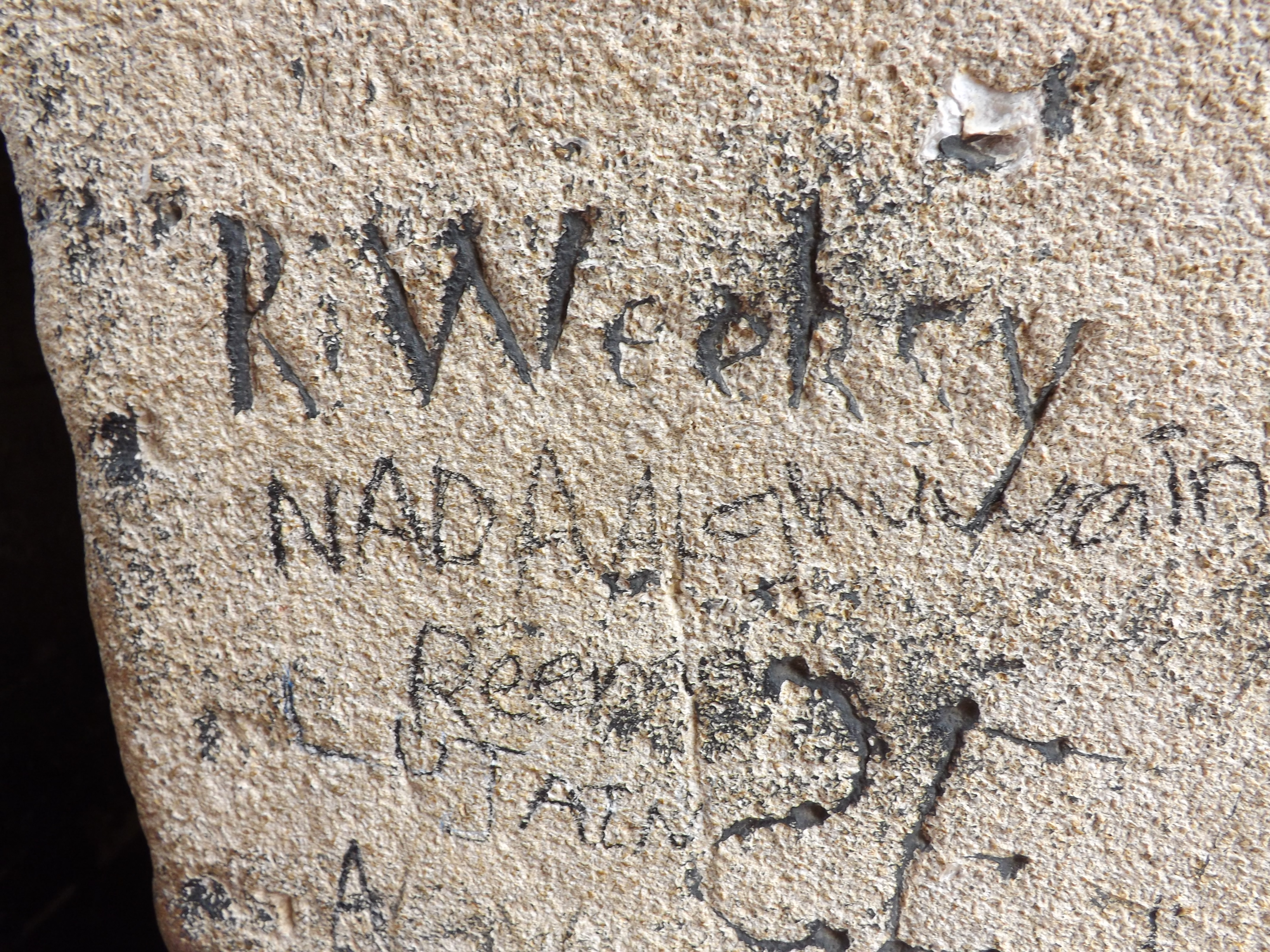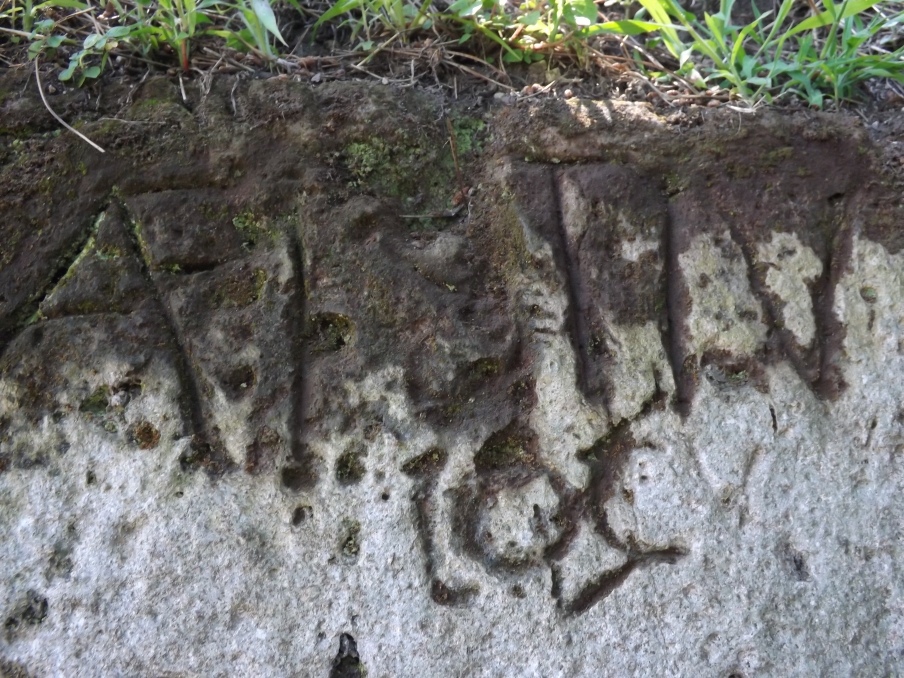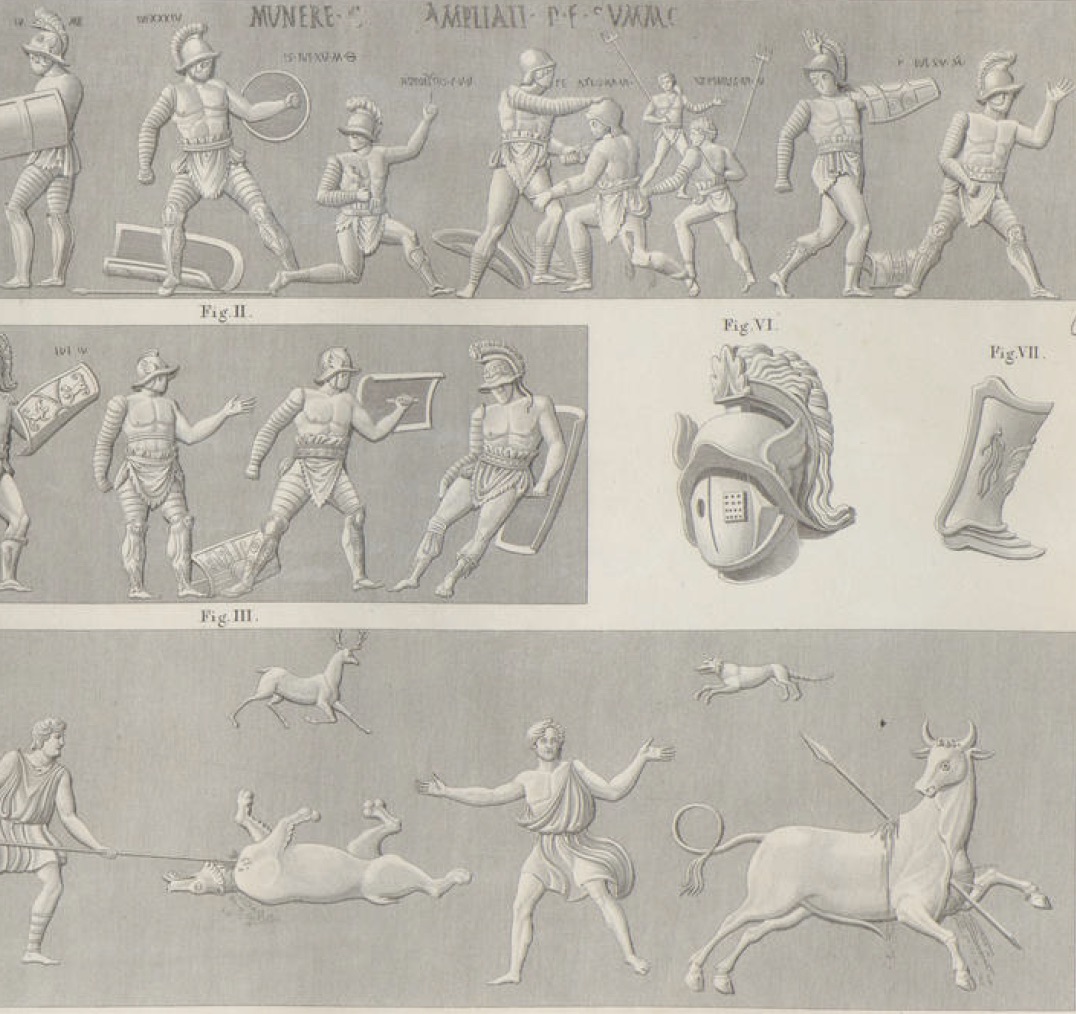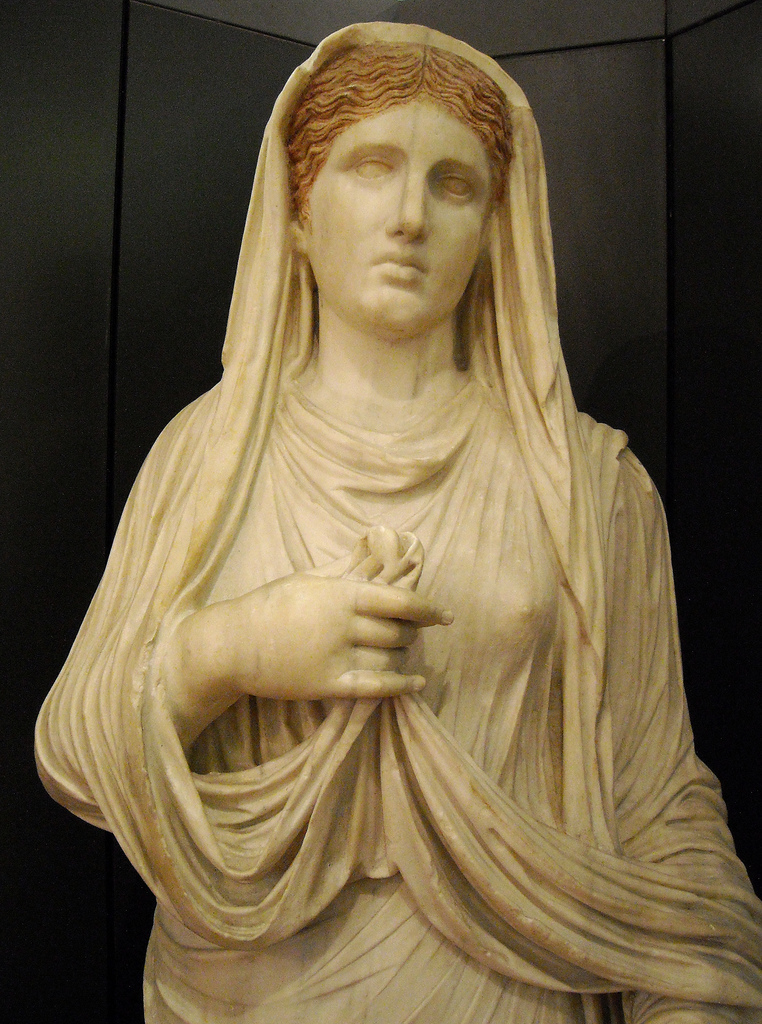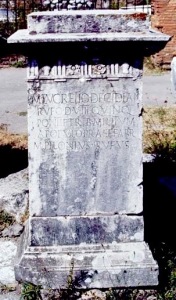When I first became aware that there was to be a fictional work (a triliogy no less!) based in the lupanar of Pompeii, my reaction was somewhat… disdainful. It is, I think anyone with considerable expertise would admit, incredibly difficult to consume popular culture that aims to accurately replicate your specialist subject. Anyone who has had the misfortune of watching Troy, Gladiator, or The Mummy with a Classicist knows exactly what I am talking about. Beyond the fact that I have spent the majority of the last twenty years focused on Pompeii, I have done extensive research on women and prostitution in the Roman world, including reviewing the definitive work on the brothel itself. Therefore, when a friend offered to lend me a copy of The Wolf Den by Elodie Harper, I was reluctant. I started reading fully expecting to hate it.
I didn’t.
Yes, there are inaccuracies. But let’s be honest – a work of fiction written with the aim of a high degree of factual historic and archaeologic content would probably be a bit boring for most people. It is clear the author did research: chapters begin with appropriate quotes from Latin literature, much of the physical space of Pompeii is described with some level of accuracy, and various real names known from the epigraphic record are included within the story. Pliny the Elder stays in town for a bit, borrowing a residence from a friend that is clearly meant to be the House of the Faun. There is a duovir named Fuscus both in the novel and amongst the evidence from Pompeii (both placed in the last decade of the city’s life). CIL IV 3592 names a Lucius Laelius Fuscus who is running for that office. Evidence for this man also exists as a campaign notice for the office of aedile (CIL IV 102) and four times as a witness in the tablets of Iucundus (CIL IV 3340. 13, 15, 35, 103). A caupona, commonly referred to as The Elephant by archaeologists because of a wall painting of the animal and a graffito that says ‘Sittius restored the elephant’ (CIL IV 806) is frequented by characters of the book. This illustrates some attention to detail, as the inn, located at VII.i.44, is a few doors away from the brothel at VII.xii.18.
There are numerous references to real Pompeian graffiti, including an episode where the prostitutes themselves collectively carry out adding an inscription to the walls of the brothel (p. 36-7). They write about a rather odorific customer whom they dub ‘Mr. GarlicFarticus.’ This is an accurate translation of the name Scordopordonicus, a compound of two Greek words.
CIL IV 2188
Scordopordonicus hic bene / fu(tu)it quem voluit.
‘Scordopordonicus here fucks well who he wished.’
There are other uses of graffiti that are quite touching, such as the exchange of scratched messages between two slaves. As is well known, conversations greeting friends carried out on the walls of the city is one of the most prevalent types of graffiti. In the context of The Wolf Den this is conducted in Greek as the slaves, both of whom were born free and enslaved later in life, establish a degree of agency by communicating in their own language and using their original names. Giving a purchased slave a new name is not an uncommon occurrence, but there is no hard and fast rule when it comes to language. Latin and Greek names are both used, and more often than not the name is not a reflection of the ethnic origin of the individual.
Naming, however, is my one real issue with this book. The main character is an enslaved woman of Greek origin who, when purchased and made a prostitute, is given the name Amara. Harper explains the name as one reflective of the woman’s overall demeanour in the eyes of her owner/pimp. She is ‘halfway between love and bitterness’ (p. 245). There no halfway about it. The adjective amarus (a, um) means bitter, disagreeable, shrill. This is not a word one would use to describe someone who you want to have sex with, paying customer or not.
Whilst it is difficult to tease out the patterns of naming of slaves generally, there are some professions, largely amongst the infamia, where naming conventions are adhered to. Prostitution is one of them. The names (or stage names, if you will) assigned promote beauty, luck, or refer to some aspect of potential gratification. This can be taken beyond the lupanar as well, as there were also particular names used for high class courtesans, many of which were idealised through the repetition of the names of lovers used by elegists such as Propertius and Ovid. In her book on the brothel of Pompeii, Sarah Levin-Richardson explains (p. 61):
‘It is possible that Victoria was a stage name giving her an aura of “victory” in the brothel; that Fortuna and Fortunata might have been meant to feel “lucky” themselves or bring luck to others; and that Mola was a “grindstone” in bed.’
She lists ‘other potential stage names’ such as Panta (All: CIL IV 2178b), Helpis (Hope: CIL IV 2189), Felicla [= Felicula] (Happy: CIL IV 2199, 2200), Mola (Grindstone: CIL IV 2204, 2237), Victoria (Victory: CIL IV 2212), and Fortuna/ata (Fortune: CIL IV 2224, 2259, 2266, 2275). She concludes that ‘[t]hese names were probably given to the prostitutes by a master, pimp, or madam, though some prostitutes may have chosen these monikers themselves. Some names may not have been intended specifically as stage names – many are common names for female slaves – though they may have been interpreted as such by those in the brothel regardless’ (p. 118).
The names of the other prostitutes (female and male) used by Harper such as Victoria, Dido, and Paris fit into the general schematic of naming slaves involved in sex work. As much as it seems to have been chosen specifically to reflect the personality of the character, or more to the point, her reaction to the current circumstances of her life, I find it very difficult to reconcile a prostitute named Amara with what is known about names. The evidence we have suggests that prostitutes in the ancient world, much like today, were meant to entice, to appear available and eager, and fulfilled a function that was both sexual and emotionally gratifying. For the Romans, this meant assigning names that reflected these qualities.
Fundamentally then, a sex worker named Bitter is a major marketing problem, and for that reason alone would never exist.
As much as the name irks me, the story is good and I’m looking forward to the next book in the trilogy.
